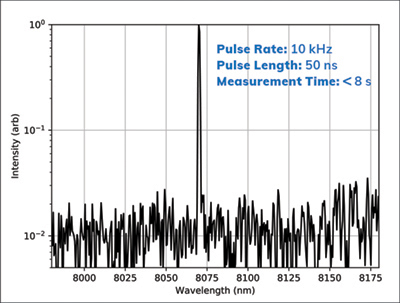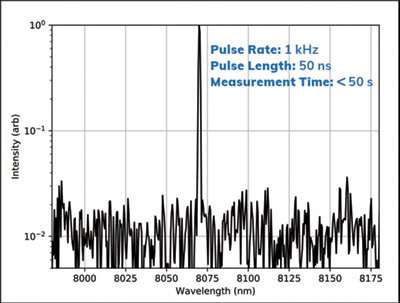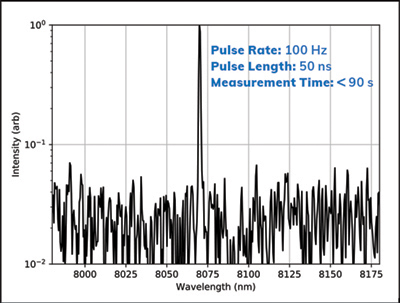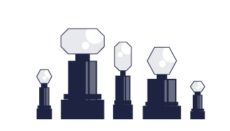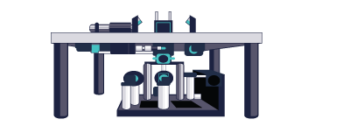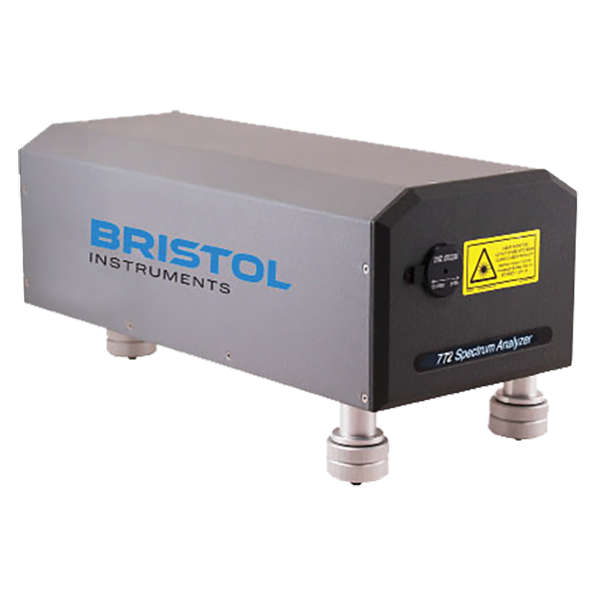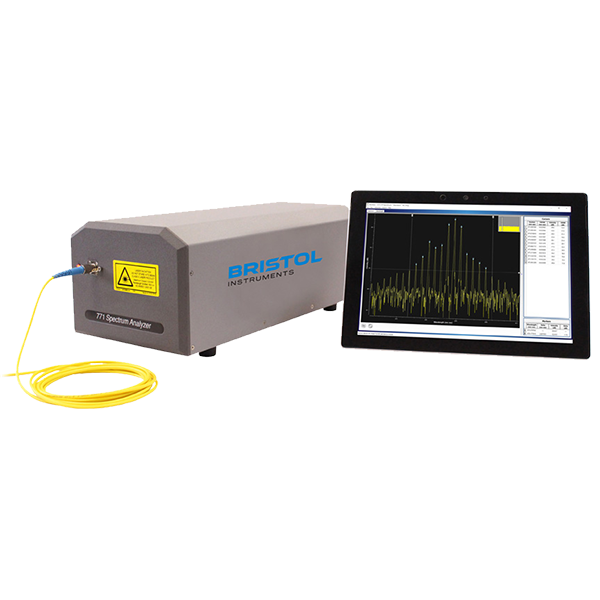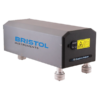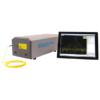Laser spectrum analyser, providing spectral analysis and wavelength measurement in one instrument
With spectral resolution up to 2 GHz, wavelength accuracy as high as ± 0.2 parts per million, and an optical rejection ratio of more than 40 dB, these laser spectrum analysers provide the most detailed information about virtually any laser that operates from 375 nm to 12 μm.
The 771 Series offers precise laser spectral characterisation from the visible to the mid-IR, and is available in two versions:
- Model 771A offers the most precise wavelength measurements, to an accuracy of ± 0.2 parts per million.
- Model 771B is a lower-priced alternative for less exacting experiments, with an accuracy of ± 0.75 parts per million.
The 772 Series laser spectrum analyser allows for spectral analysis of pulsed IR and mid-IR lasers
771 Series – precise laser spectral characterisation from the visible to the mid-IR
- For CW and high-repetition rate pulsed lasers
- Wavelength accuracy as high as ± 0.0001 nm
- Wavelength measurement and spectral analysis with one instrument
- Operation available from 375 nm to 12 μm
The most precise wavelength and spectral measurement
The 771 Series laser spectrum analyser from Bristol Instruments combines proven Michelson interferometer technology with fast Fourier transform analysis resulting in a unique instrument that operates as both a high-resolution spectrum analyser and a high-accuracy wavelength meter.
With spectral resolution up to 2 GHz, wavelength accuracy as high as ± 0.2 parts per million, and an optical rejection ratio of more than 40 dB, the model 771 provides the most detailed information about a laser’s spectral properties.
Continuous calibration for reliable accuracy
Two versions of the 771 laser spectrum analyser are available. The model 771A is the most precise, measuring wavelength to an accuracy of ± 0.2 parts per million (± 0.0002 nm at 1000 nm).
For experiments that are less exacting, the model 771B is a lower-priced alternative with an accuracy of ± 0.75 parts per million (± 0.0008 nm at 1000 nm).
These specifications are guaranteed by continuous calibration with a built-in wavelength standard, thereby ensuring the most meaningful experimental results.
Broad wavelength coverage and straightforward operation
The 771 laser spectrum analyser is available in four broad wavelength configurations to satisfy virtually any experiment requirement.
These ranges are the VIS (375 – 1100 nm), NIR (520-1700 nm), IR (1-5 µm), and MIR (1-12 µm). The system operates with a PC, running under Windows, via USB or Ethernet.
Software is provided to control measurement parameters and to display spectra and to report wavelength data. Or the system can be part of an experiment using a library of commands for custom or LabVIEW programming.
The most complete laser spectral and wavelength characterisation from the visible to the mid-IR.
- Wavelength measurement and spectral analysis with one instrument
- Spectral resolution as high as 2 GHz
- Wavelength accuracy as high as ± 0.0001 nm
- Continuous calibration with built-in wavelength standard
- Optical rejection ratio > 40 dB
- Operation available from 375 nm to 12 μm
- Operates with CW and high repetition rate pulsed lasers
- Straightforward operation with PC using USB or Ethernet
772 Series – pulsed laser spectrum analsyer
- Spectral analysis of pulsed and CW lasers
- Operation from 1 to 12 µm
- Spectral resolution of 4 GHz
- Wavelength accuracy as high as ± 0.01 nm
- Optical rejection ratio as high as 20 dB
Spectral analysis of pulsed IR and Mid-IR lasers
The 772B-MIR laser spectrum analyser from Bristol Instruments combines proven Michelson interferometer technology with fast Fourier transform analysis to characterise the spectral properties of lasers that operate from 1 to 12 μm. What makes this system so unique is that it employs a sophisticated algorithm to enable the measurement of pulsed lasers that have a repetition rate as low as 100 Hz.
The model 772B-MIR collects laser pulses over time to “build” an interferogram that is sufficient to convert to a spectrum. This spectrum has a resolution of 4 GHz and wavelength accuracy of ± 10 parts per million (± 0.08 nm at 8 µm). An optical rejection ratio of greater than 20 dB is achieved assuming a sufficient number of pulses (~30,000) are used to generate the interferogram.
Spectra of QCL operating with a pulse length of 50 ns and at various repetition rates
